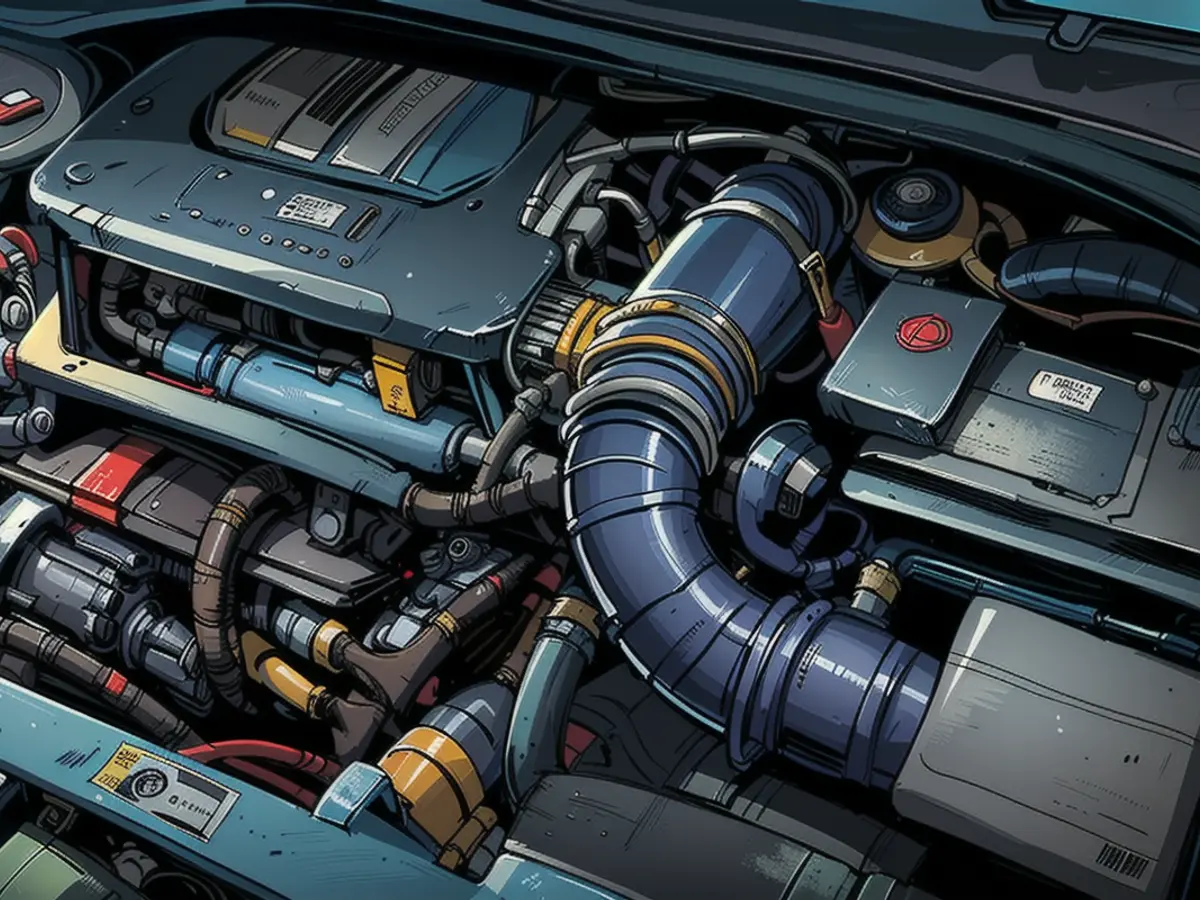How does a combustion engine function?
Saugmotoren are captivating due to their constant power output. But to enhance that power, superchargers are utilized. There are two main types of supercharging: internal combustion engines and external combustion engines.
Internal combustion engines derive their power by burning fuel in their cylinders. Oxygen is also required for this process. Traditionally, this oxygen comes from outside air that is sucked in by a piston moving up and down. In a four-stroke engine, this process creates a vacuum in the cylinder during the first stroke, causing fresh air to be drawn in through the intake valves. These engines are known as "suction motors."
However, the natural capacity to suck in air is limited. This is where supercharging comes into play. Along with the vacuum created by piston movement, fresh air is also compressed into the cylinder. This results in greater power extraction from the same engine. Supercharging also allows small-displacement engines to perform at the level of larger engines, a concept often referred to as "downsizing."
What is a turbocharger?
There are two methods of supercharging: turbochargers or compressors. The most common approach is the turbocharger - also known as an exhaust gas turbocharger (EGT). This technology employs exhaust gases, which exit the cylinders with high pressure after combustion. In the exhaust gas stream, there is a tiny turbine that is driven by the exhaust gases and connected to the compressor wheel. This second turbine operates in reverse, forcing more air into the intake tract.
The advantage of the exhaust gas turbocharger is that it doesn't require any additional energy to operate. The disadvantage is that it only functions efficiently when the engine reaches a certain speed and the exhaust gas stream is strong enough.
At low speeds, there's a phenomenon known as turbo lag. The engine operates weakly during this operating range, followed by a stronger turbo boost. In contrast, those who prefer naturally aspirated motors enjoy their even power output. Turbo lag can be minimized by using two differently sized chargers, with the smaller one responding faster at lower exhaust gas flow rates.
How does an electrically driven compressor engine work?
Another supercharging option is the compressor. This is a mechanical charger that must be independently powered. In most cases, the compressor is connected to the motor via a belt or chain drive. This allows the compressor to generate significant pressure even at low speeds. However, it consumes engine power for its operation.
In theory, a turbocharged engine can also consume more fuel, particularly when the driver demands a lot of power. "Turbo runs, turbo sucks" is a popular saying that reflects this increase in fuel consumption compared to naturally aspirated engines.
In recent years, a third variant has been developed: the electrically driven compressor. Instead of being powered by the combustion engine, the turbocharger is driven by its own electric motor, which is more efficient. The first time this technology was used in series production was in 2016 with the Audi SQ7, where an "E-Lader" boosted a 4-liter diesel engine. However, this technology usually requires a 48-volt onboard network that provides enough energy for the electric turbocharger.
Read also:
After learning about the functions of various superchargers, you might consider upgrading your own automobile. With the knowledge of how turbos work, you could decide to switch off your car's combustion engine's turbo off during city driving to reduce noise and emissions, although this might decrease your car's power. Alternatively, you could explore newer technology like electrically driven compressors, which can provide similar power boosts but with more efficiency and less impact on fuel consumption.








